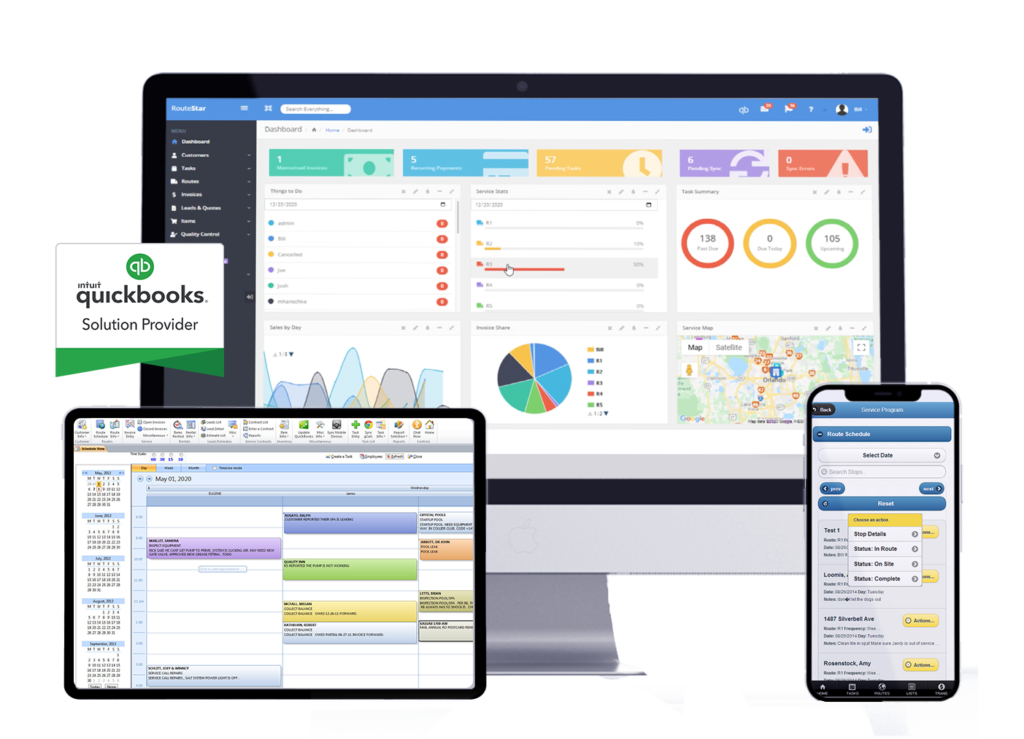Tailored Construction Management Software Program: Optimizing Source Allowance and Budgeting Methods
In the world of contemporary building administration, the importance of tailored software program remedies can not be overemphasized. These advanced tools supply a nuanced strategy to enhancing resource allotment and budgeting strategies, essential parts for effective project implementation. By diving into the details of just how such software application can enhance source allocation approaches and refine spending plan optimization strategies, a clear pathway toward enhanced job efficiency arises. In this electronic age where precision and performance preponderate, exploring the effect of tailored building and construction administration software on these crucial aspects reveals a world of possibilities that could shape the future of the sector.
Advantages of Tailored Software Application Solutions
Customized software program services use a myriad of benefits to construction administration companies looking for to enhance effectiveness and enhance procedures. One essential benefit is the personalization of features to line up with the details needs of the construction market (construction mangement software). By tailoring software services to attend to task monitoring, organizing, budgeting, and source allocation, companies can optimize their workflows and achieve greater productivity. Additionally, tailored software enables seamless integration with existing systems, minimizing the demand for hand-operated information entrance and lessening errors.
One more advantage of customized software application services is the ability to give real-time insights and analytics. Building and construction administration firms can utilize data-driven decision-making to keep an eye on job progress, recognize bottlenecks, and make changes immediately. This proactive strategy improves task end results and aids firms remain on track with timelines and spending plans.

Improved Source Allotment Approaches
Applying reliable source appropriation methods is important for building administration firms to enhance project outcomes and make the most of productivity. By leveraging construction management software that supplies real-time monitoring and reporting attributes, companies can dynamically change allotments as project requires develop, leading to boosted effectiveness and cost-effectiveness. construction mangement software.
In addition, boosted resource allotment methods make it possible for construction companies to determine and deal with potential traffic jams or resource restraints proactively. By performing routine assessments of source usage and efficiency metrics, managers can make data-driven choices to redistribute resources properly and stop delays. This aggressive method not just improves project timelines however also decreases the danger of spending plan overruns because of inefficient source allotment.
Spending Plan Optimization Methods
To attain ideal economic find more efficiency in building projects, efficient spending plan optimization methods play a crucial function in making sure price control and job success. One vital method is the facility of a detailed job budget that assigns sources based on concern and essential needs. By plainly specifying the range of job, setting reasonable price estimates, and constantly tracking expenditures, construction managers can determine possible cost overruns early on and take restorative activities. In addition, implementing value engineering methods can aid simplify project costs without jeopardizing high quality. This entails assessing each task component to identify chances for expense financial savings while keeping efficiency criteria. In addition, leveraging historical information and industry benchmarks enables construction managers to blog make informed decisions about budget allocations and identify areas where spending can be optimized. By incorporating these budget plan optimization methods into building and construction management software program, task stakeholders can improve monetary planning, source appropriation, and general budget management to drive task success and earnings.

Influence on Job Efficiency
Enhancing construction administration software can dramatically improve my explanation task effectiveness by streamlining communication, boosting partnership, and promoting data-driven decision-making. By streamlining task info, stakeholders can conveniently access real-time updates, decreasing hold-ups caused by miscommunication or outdated information. Enhanced partnership attributes enable employee to collaborate flawlessly, regardless of their physical location, promoting a more cohesive and effective workplace. Furthermore, construction monitoring software can give useful understandings through information analytics, enabling job managers to make informed decisions swiftly and properly.
Moreover, the automation of regular jobs such as organizing, spending plan monitoring, and source allowance can liberate useful time for job teams to focus on vital activities, ultimately speeding up task distribution. The capacity to keep track of job progression in real-time and recognize prospective bottlenecks enables proactive analytic, protecting against problems from intensifying and causing hold-ups. On the whole, the effect of tailored construction monitoring software program on job efficiency is obvious, using a competitive benefit by enhancing workflows and taking full advantage of productivity.
Future Trends in Building And Construction Software Application
As the construction sector remains to evolve, developments in modern technology are shaping the future landscape of building and construction software application solutions. One significant trend imminent is the increasing combination of synthetic knowledge (AI) and artificial intelligence capabilities in building software. These innovations have the potential to reinvent just how building tasks are managed by allowing anticipating analytics, automated decision-making processes, and enhanced project insights.
One more future fad in construction software program is the expanding emphasis on cloud-based options. Cloud technology provides boosted flexibility, scalability, and ease of access for building and construction groups, allowing for real-time partnership and information sharing throughout project stakeholders. This change towards cloud-based software is expected to improve task efficiency, improve communication, and enhance total task outcomes.
Additionally, the increase of Building Info Modeling (BIM) is anticipated to proceed forming the construction software application landscape. BIM software application assists in 3D modeling, visualization, and information monitoring, bring about boosted task coordination, reduced errors, and improved project outcomes. Embracing these future trends in construction software will be essential for business wanting to stay competitive and drive innovation in the industry.
Final Thought
Finally, customized building and construction administration software offers countless advantages such as boosted resource allotment approaches and budget plan optimization techniques. This software has a substantial effect on project performance by improving procedures and enhancing overall efficiency (construction software). As technology remains to advancement, future patterns in construction software program are expected to more optimize source allocation and budgeting approaches for construction tasks